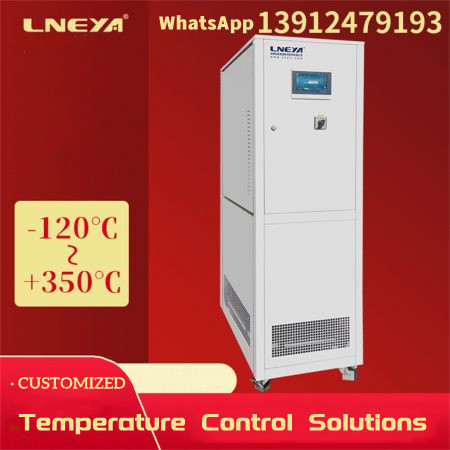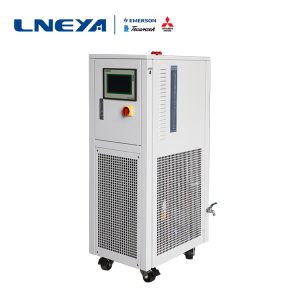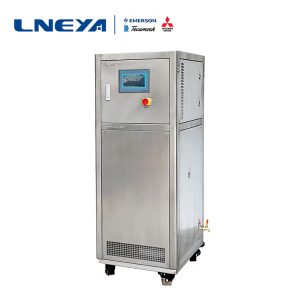Working characteristics of industrial high temperature and low temperature cooling system

The industrial high-temperature and low-temperature cooling system is mainly used for the monitoring and control of temperature, pressure, flow, liquid level, humidity, pH value and other parameters. It has the characteristics of high control accuracy, stability and reliability. It is widely used in petroleum, chemical industry and medicine to complete sulfuration, nitrification, hydrogenation, alkylation, polymerization, condensation and other processes.
1. The industrial high-temperature and low-temperature cooling system is a process in which the refrigerant transfers and circulates the heat from the low-temperature state to the high-temperature state, so that it can be cooled to the low-temperature environment, so as to maintain the low-temperature state and realize the refrigeration process.
2. The air from the industrial high-temperature and low-temperature cooling system equipment is adiabatically compressed after entering the compressor, and the temperature rises above the ambient temperature; Then it enters the cooler to transfer heat to the cooling water under constant pressure, and the temperature is equal to the ambient temperature; Then it is introduced into an expander for adiabatic expansion, and the temperature is further reduced to below the temperature; After that, it enters the circulating heating cooler equipment, absorbs heat at constant pressure (the absorbed heat is called the cooling capacity), and completes the cycle.
3. After the refrigerant gasifies and absorbs heat from the equipment at constant pressure (at this time, the working medium is usually dry saturated steam or close to dry saturated steam), it enters the compressor for compression in the adiabatic state, the temperature exceeds the ambient temperature, and then enters the condenser for isobaric heat dissipation to the ambient medium.
4. In the condenser, the superheated refrigerant steam is first cooled to the saturation temperature corresponding to the current pressure at the same pressure, and then continues to condense into the saturated liquid state at the same pressure (also isothermal), and enters the throttle valve. At the throttle valve, it is adiabatic throttled for temperature reduction, reduced to the wet saturated steam state corresponding to the initial pressure of the cycle, and then enters the cycle for gasification and heat absorption to complete the cycle.
If you have any questions about temperature control solutions, please contact us sales@lneya.com To obtain technical support, we lneya support program customization, focusing on solving the temperature control of customers’ process.
관련 권장 사항
-
반도체 항온 시스템의 가격을 선택하는 방법은 무엇입니까?
1205이제 대부분의 산업 생산에는 전문적인 냉장을 제공하기 위해 반도체 항온 시스템이 필요하다고 할 수 있습니다. 효율적인 반도체 항온 시스템은 다양한 산업에 큰 도움을 줄 수 있습니다.
세부 정보 보기 -
The Use of Electronic Expansion Valve in Low Temperature Chiller Systems
1199In the low temperature chiller system, the electronic expansion valve plays a key role in controlling the operating power of the system in cooperation with compressors, condensers, evaporators, water-cooled screw chillers, air-cooled screw chiller...
세부 정보 보기 -
고온 및 저온 장치 관련 기기 유지보수 지침
1163The liquid medium should be added before the high and low temperature circulation device is used. The liquid medium generally uses more than 95% alcohol, and the liquid medium cannot be lower than the working plate 20mm. The high and low temperatu...
세부 정보 보기 -
저온 챔버의 중요성
915저온 챔버는 일반적으로 냉장고와 테스트 부품을 분리하고 테스트 부품을 룸 타입으로 만들어 직원이 작업 할 수 있도록하는 대형 극저온 또는 극저온 테스트 장치입니다. 이러한 테스트 룸을 저온 ...
세부 정보 보기
 LNEYA 산업용 냉각기 제조업체 공급 업체
LNEYA 산업용 냉각기 제조업체 공급 업체












